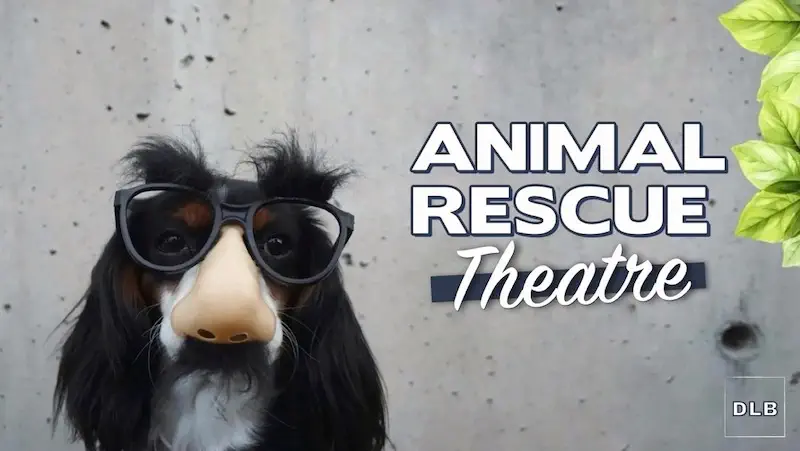There Are Worse Fates Than Humane Euthanasia

No one wants to euthanize (or "EU," for short) dogs and cats, especially healthy, adoptable ones.
Unfortunately, we have an overpopulation crisis and there are simply not enough homes for all the animals in need of them. The United States euthanizes approximately one million dogs and cats, every year.
Know that the euthanasia process is the same as when you euthanize your own pet at the end of their life - the dog is with humans, given one injection to go into a deep sleep, then another to stop their heart. It is incredibly sad and disappointing to euthanize a healthy, adoptable animal but the process is humane.
We cannot save them all, with the current overpopulation numbers. It is impossible. Some people hold sentiment that life, no matter what, is still better than death. I disagree. Below are 10 situations we believe to be worse fates for a dog than being humanely euthanized.
- STARVATION alone, on the streets, with no food or in a neglectful home which does not feed
- HIT BY A CAR because, living on the streets
- INJURED WITHOUT CARE either on the streets or in the hands of someone who cannot afford care or does not provide
- ATTACK BY OTHER ANIMALS on the streets or in a compromised housing situation
- DOG FIGHTING OR BAIT DOG ugh, this is just an awful fate for a dog
- SHOT / STABBED unfortunately a reality for dogs on the streets (especially in Texas)
- ABUSIVE ENVIRONMENT via humans
- PROLONGED SUFFERING / SLOW DEATH via exposure, poor nutrition, fending for themselves
- SUFFERING, IN PAIN advanced illness or injury
- ENDLESS BOARDING kenneled, low to no activity or socialization, not in a home environment - what kind of a life is this?
When shelters, rescues, or the public share "urgent," "last call," and "scheduled for euthanasia" media - that media is emotional, in nature, and sometimes milked for sensationalism, donations, or just from a place of panic and reactivity.
An emotional reaction can lead to tagging a dog (i.e. removing from the euthanizing facility) from a pre-EU situation without a confirmed pathway (i.e. plan).
Results seen from emotional tagging include:
- UNPREPARED FOSTERS/ADOPTERS who put the dog or their household in a compromised situation
- NON-TRANSPARENT RESCUES who are not upfront with foster/adopter about the issues/needs for a tagged dog
- MONETARY SUPPORT DEFICIENCY rescue or person cannot afford the care needed for the tagged dog
- "COURTESY TAGS" A registered rescue tagging for a non-official person, with the rescue not actually backing dog and its pathway
- QUICK RETURN back to the EU facility and situation
It is important to be RESPONSIVE to EU calls vs REACTIVE.
There needs to be a confirmed pathway in place with a place for the dog to go, funds to cover care, humans to provide that care, and a plan for adoption ability and promotion (if the outcome was not adoption).
If you find yourself feeling overwhelmed, extremely sad, depressed, and anxious about all the euthanasia media you see, instead of turning away from the problem, you can try:
- COMPASSION FATIGUE BREAK take one
- UNFOLLOW or PAUSE social media accounts which constantly post sensational EU media and pleas
Remember to keep a level head about the reality of the numbers and know that every dog saved... it means EVERYTHING to that dog and counts for so much.
We can all only do what we can do and that is enough. <3
How to Solve Our Dog Overpopulation Crisis and Resulting Euthanasia Rates?
- CURB PRODUCTION - spay & neuter, stop buying dogs from breeders
- 3/3/3 RULE - keep dogs in homes
- MUNICIPAL SHELTERS - understand existence and function and support their efforts (every no kill rescue you support does this!)
- SPREAD THE WORD - lead by example! be a megaphone! a messenger! an influencer! educate & communicate!
The content on this website is based on personal experience and researched information. Please note no one here is a professional vet, trainer, or behaviorist. Always consult your vet and trainer about what is best for your dog or cat and their mental & physical health!











